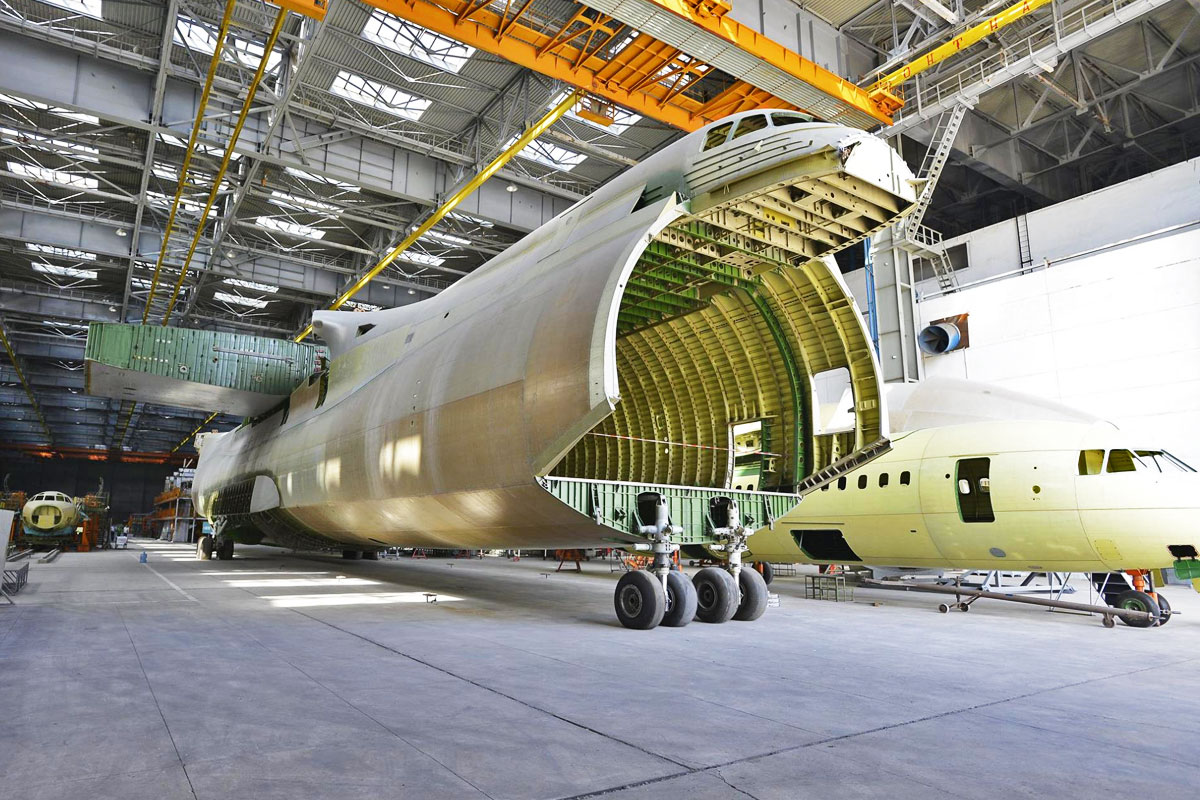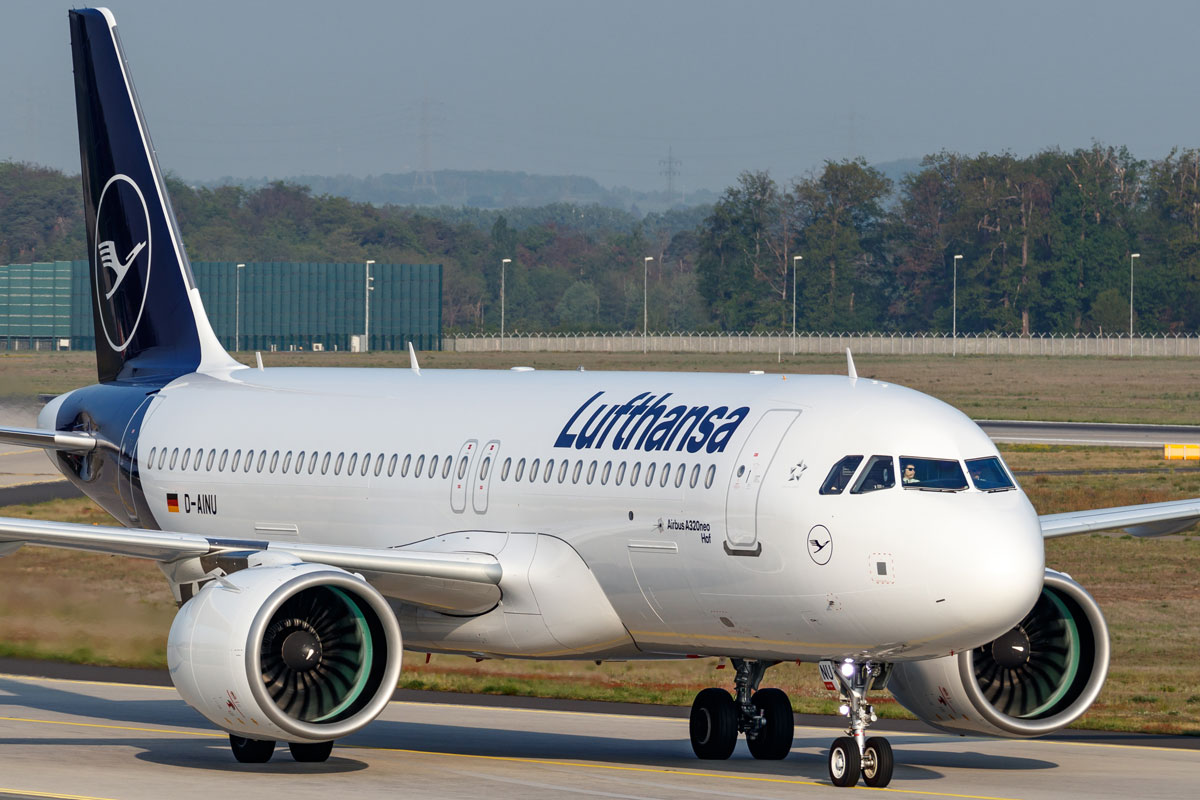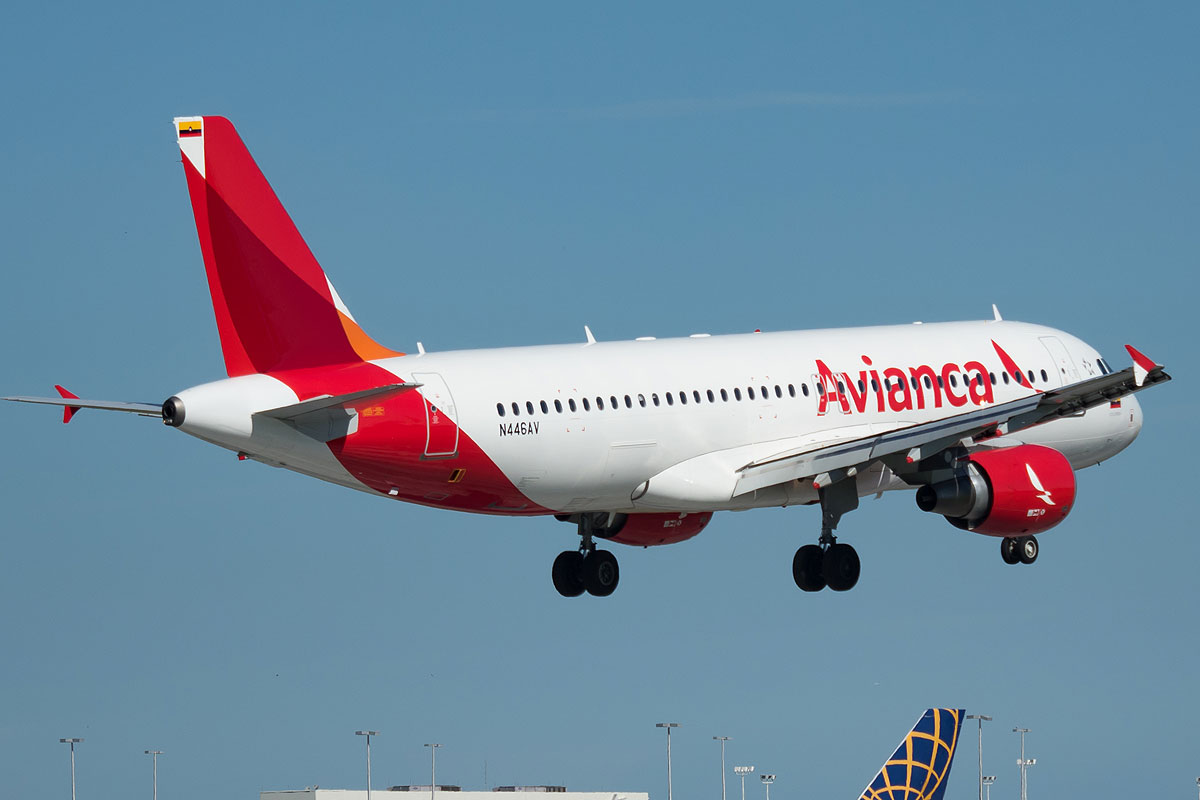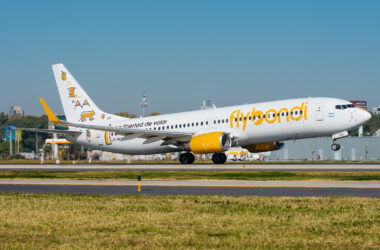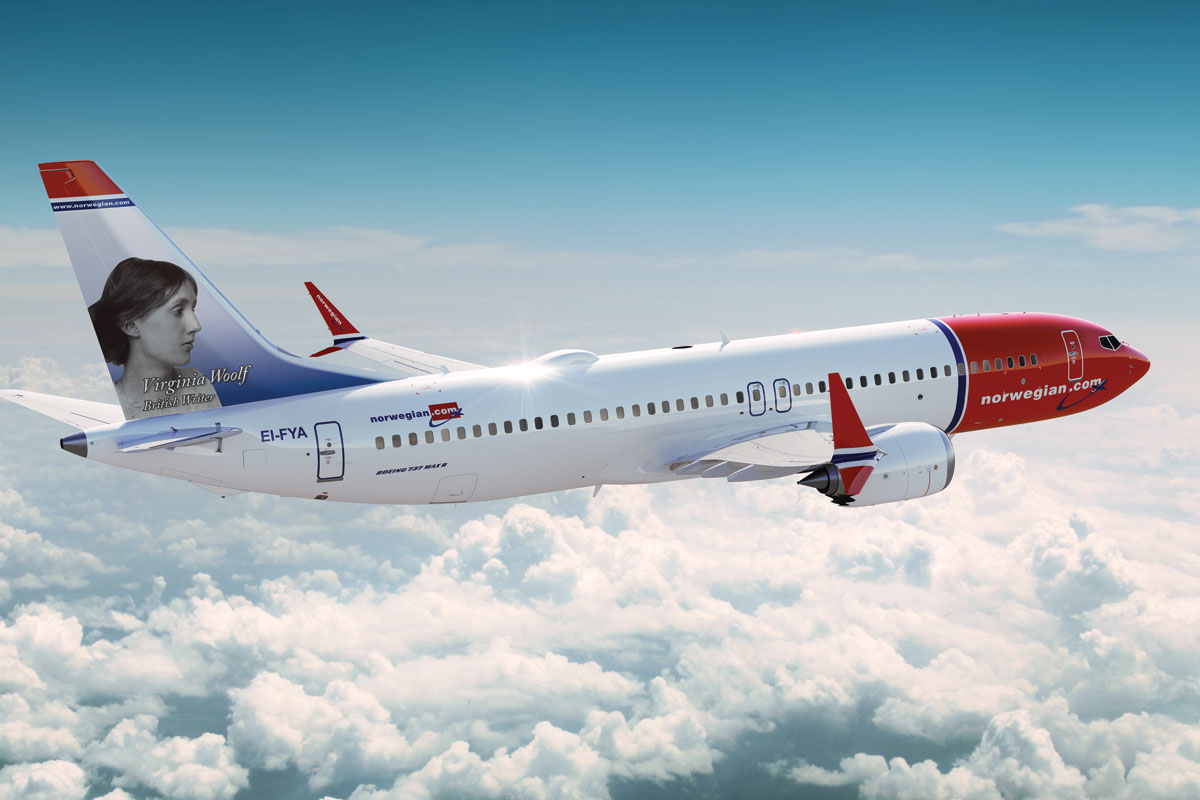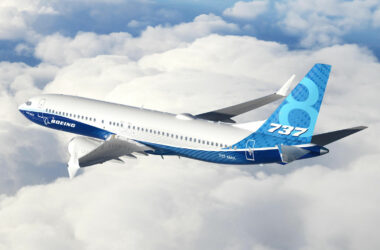Largest aircraft that has ever flown, the An-225 Mriya still attracts looks wherever it goes. A few weeks ago, the massive six-engine freighter returned to active duty on a mission between China and Poland to transport medical supplies to combat the Covid-19 pandemic.
With its unique capacity to transport 250 tons, the Antonov jet only has a single operational aircraft, but it was not supposed to be that way. Still in the years of the Soviet Union, when the An-225 was ordered, the country intended to have two active jets in order to provide transfer flights for the Russian space shuttle program.
While the first An-225 flew in 1988, the second plane remained in production in Kiev, Ukraine, but due to lack of resources, its assembly was interrupted in 1994, when it had reached 70% of the work.
Since then, the airframe and some other pieces of the giant have been exposed to the weather in an isolated area of the Antonov plant, which always raises the question: after all, why does the Ukrainian manufacturer not finish the second An-225 Mriya?
Recently, Oleksandr Donets, Antonov´s CEO, clarified this doubt. “(The aircraft) needs to be redesigned completely,” Donets said on April 23 while welcoming the only Mriya’s to land at the Hostomel airfield with a load of medical equipment intended to help Ukraine fight the COVID-19 pandemic.
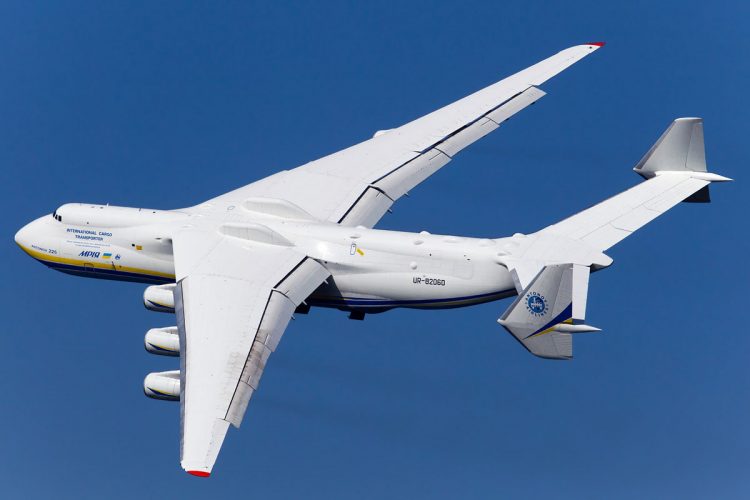
Very big and expensive
For this reason, the investment required to fly the second An-225 would be prohibitive. According to Donets, about eight years ago, when Russia and Ukraine still had a good relationship, it was estimated that $640 million would be needed to complete the work following the original standards. However, the Antonov executive does not see that possibility anymore because it is necessary to update the project and consequently make it even more expensive.
Donets points out another reason why Mriya does not get a sibling, the fact that the aircraft is too big for most cargo transport demands, unlike the An-124, from which it originated and which can carry up to 150 tons.
Mriya “is not contracted as often as the Ruslans because it was designed specifically for transporting Burans (Russian space shuttle), not humanitarian cargo. Basically, for space,” said Donets, explaining that the jet cannot operate in about 35% of airports because of its size.
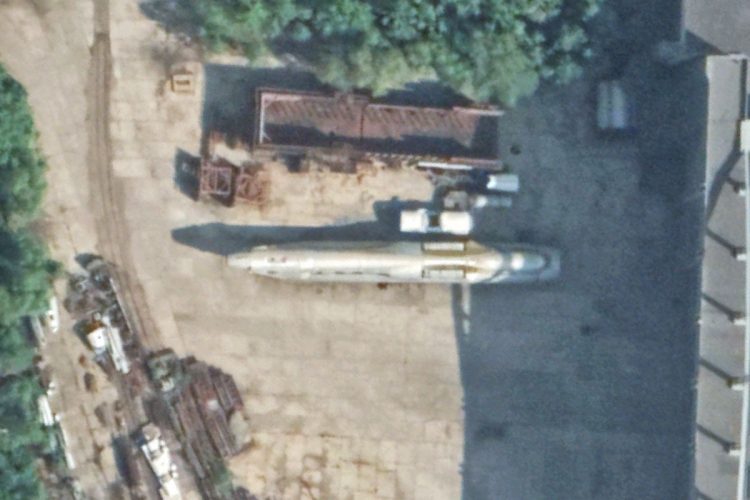
Back to the origins?
Not that there were no attempts to complete the second An-225, the first in 2009 and the most recent in 2016 when a Chinese company showed interest in investing in the project. None of these initiatives ended up prospering, as is known. But the Antonov CEO leaves hope for Mriya fans, the launch of rockets and spaceships into the air.
In fact, this launch alternative has become popular in the US, with the pioneering Orbit Sciences program and also Virgin Galactic’s White Knight Two launcher and the Stratolauch, an aircraft that surpassed the An-225 in wingspan.
Donets does not explain, however, how Mriya would do this type of work since it was designed to transport a spaceship and not launch it into the air. In any case, the second An-225 rests peacefully in Kiev, still waiting for a new opportunity to fly for the first time.

